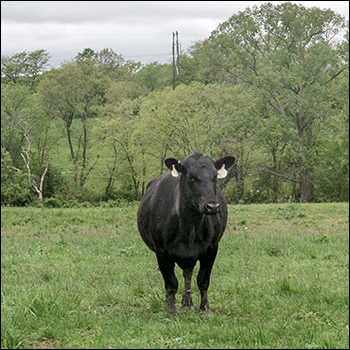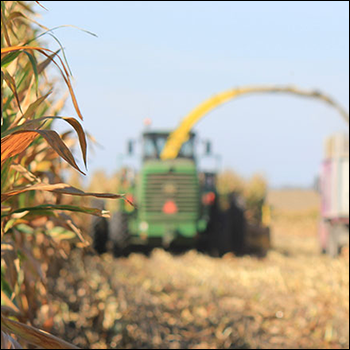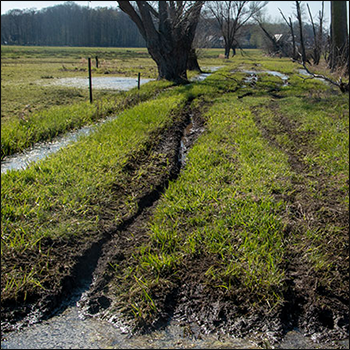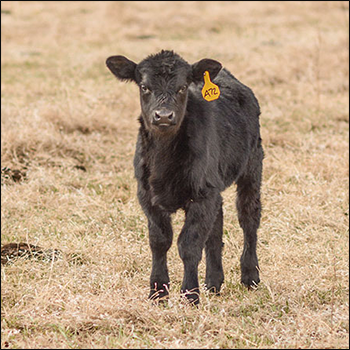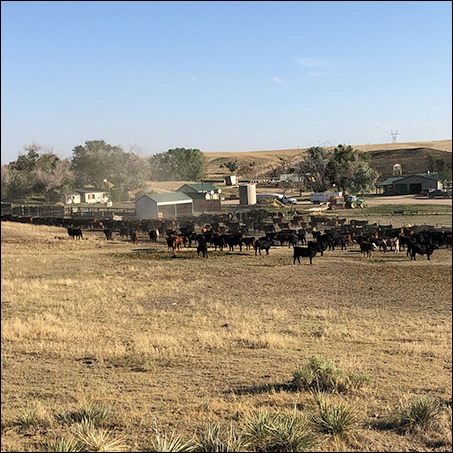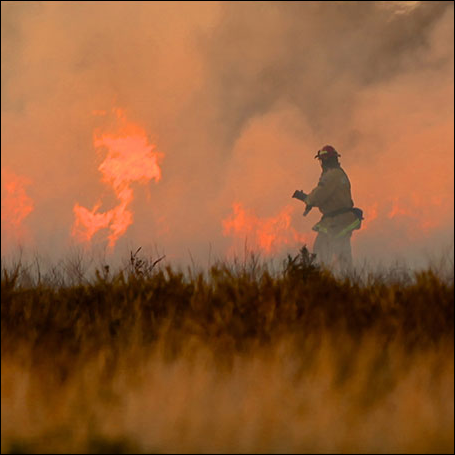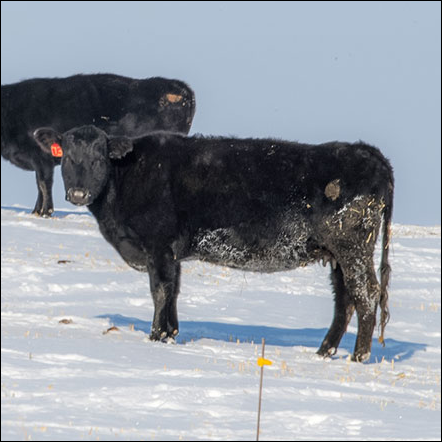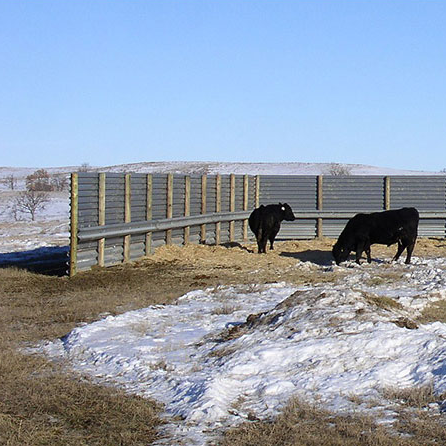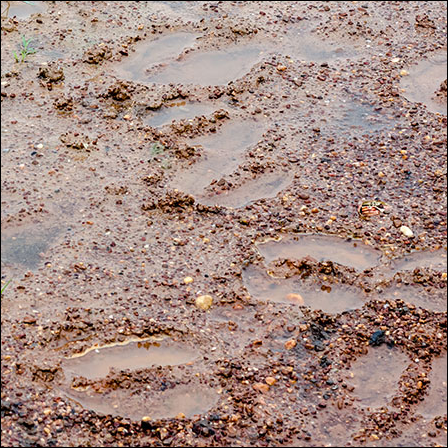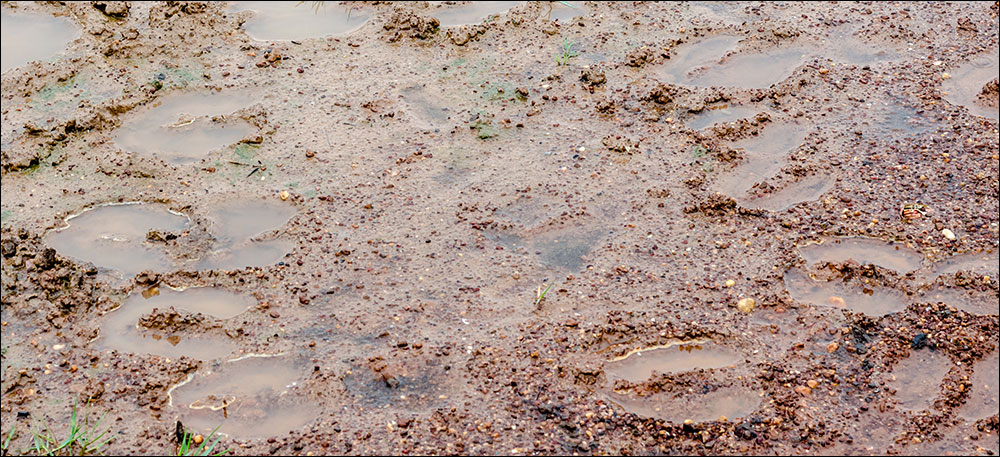
Managing Mud
Pathogens lurk in mud, so mitigation keeps calves healthy.
In some parts of the country, March is the month of mud. Mud is an enemy of good health. Spring storms and unusually rainy periods can also create mud problems later in the season. If cattle lie in mud, their hair is muddy and matted and loses its insulating quality. If they stand in deep cold mud, it’s also harder to keep warm.
Mud harbors pathogens from manure that can affect health — especially for baby calves. If a newborn calf suckles a dirty udder, it’s a race between the antibodies from colostrum and the pathogens. If he nuzzles a dirty udder, or makes a few false tries on the cow’s dirty flank or brisket before he finds a teat, the pathogens win.
Some of the bacteria that can cause scours in newborns or toxic gut infections in older calves are present in soil wherever there have been cattle feces, and wet conditions make it easier for calves to ingest these pathogens. Dry ground is always a safer environment for calves than mud. Some clostridial bacteria and other pathogens are more readily available in muddy conditions than when the ground is dry or frozen. Calves nibbling mud or drinking from mud puddles are more likely to ingest them.
Calves born on wet, muddy ground are also more vulnerable to navel ill/joint ill. If the umbilical stump comes into contact with contaminated ground or bedding before it dries and seals off, it provides an open doorway for pathogenic bacteria.
Protozoan pathogens lurk in mud wherever there have been cattle previously. Coccidia and cryptosporidia are spread via manure. Coccidiosis and cryptosporidiosis infections in calves are always more common in wet conditions. Whenever cattle are concentrated in small areas and come into constant contact with manure, they are more vulnerable to infection with these protozoa — especially calves, because they have not yet developed immunity or resistance. They pick up pathogens when nursing a dirty udder or licking themselves after lying in mud.
Use of big bale feeders in wet weather may lead to disease because it congregates the cattle around them. Animals often try to lie right by the feeder in the hay that gets pulled out — if that’s the only dry spot in the pen or pasture.
Increased incidence of scours has been noted on some farms and ranches after they began using big-bale feeders, especially if cows’ udders must be dragged through deep mud when they use the feeders. If footing around feeders gets churned to mud, there is more chance of cows having dirty legs and udders. If conditions are muddy, bale feeders should be moved regularly to cleaner, drier ground.
Other bacteria that lurk in mud include the pathogens that cause foot rot in cattle. Cattle are more likely to develop infection if there’s a break in the skin. Wet areas where cattle must walk, or stand in mud in a pen, are the most likely places to pick it up. Skin of the feet becomes softer when wet, and more easily nicked and scraped, so foot rot is common in wet weather or when cattle walk through mud.
Anything you can do to minimize mud in cattle lots and pastures can help reduce problems. Calving cows should be moved periodically to clean, dry ground. Extra bedding can be used as needed to cover the mud and keep cows from becoming wet and dirty. Using your driest pastures and lots — well-sodded instead of churned to mud, or higher, drier areas with better drainage — will help prevent a lot of wet-weather problems.
Editor’s note: Heather Smith Thomas is a cattleweman and freelance writer from Salmon, Idaho.
